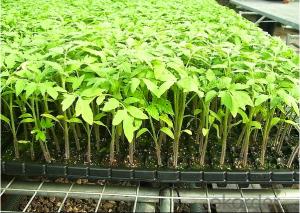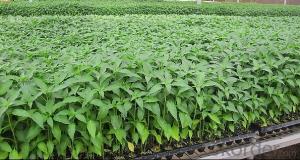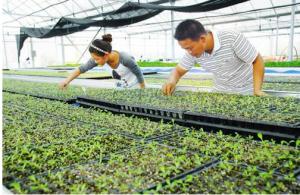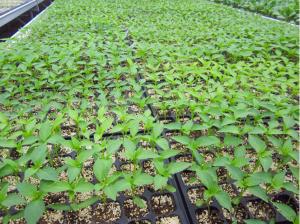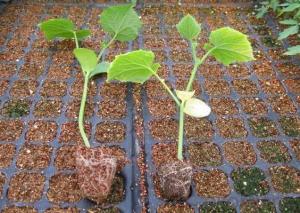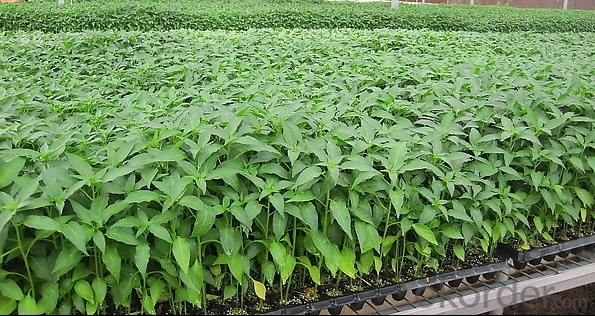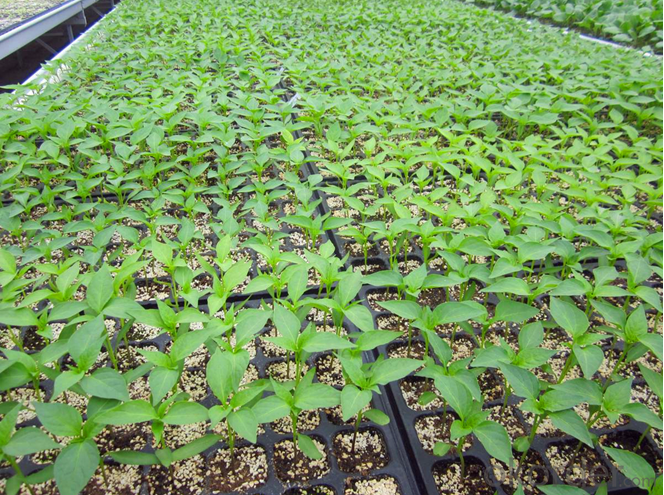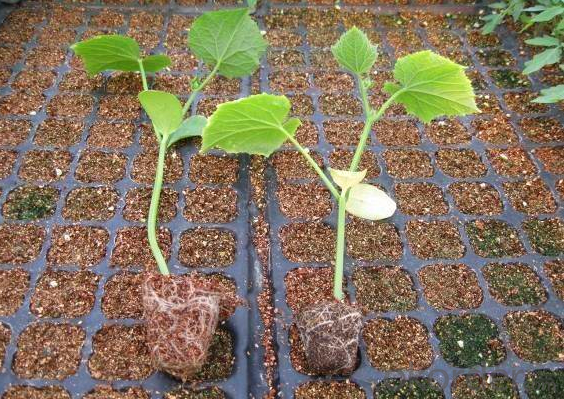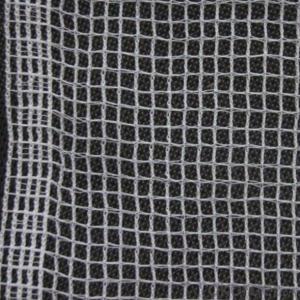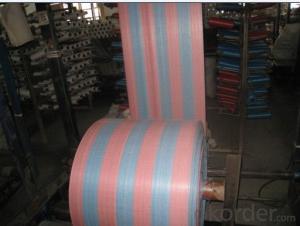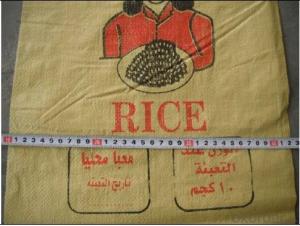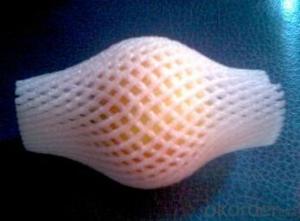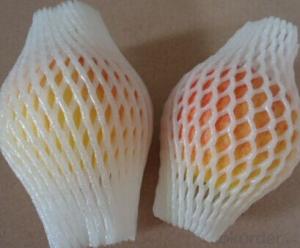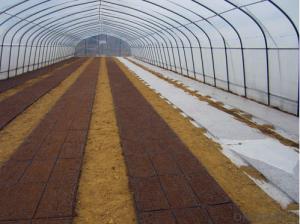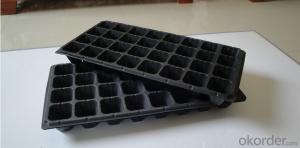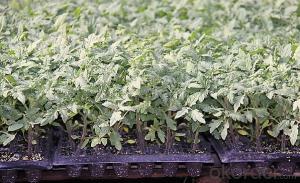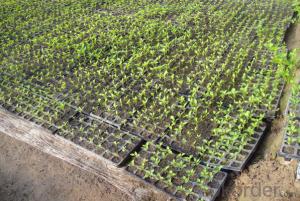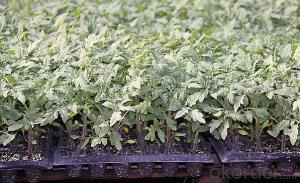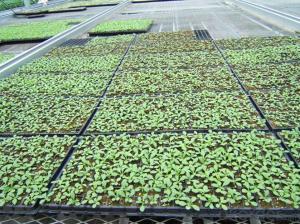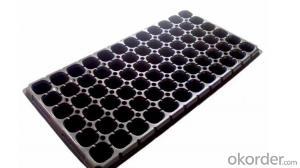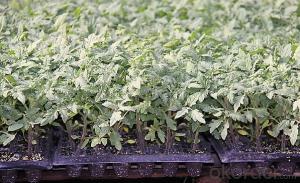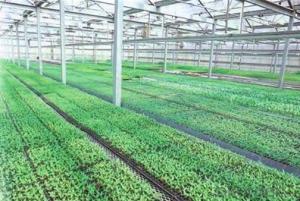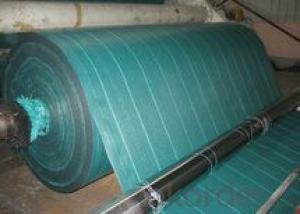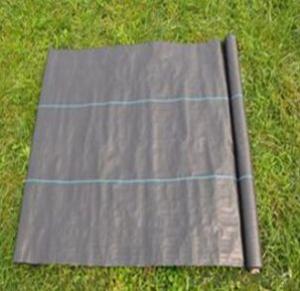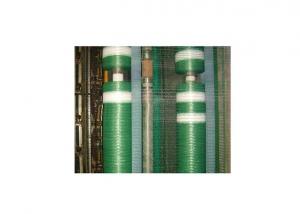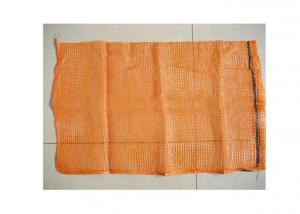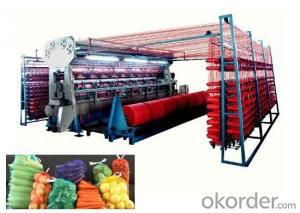Plug Trays (Growing and Seedling) HIPS Made Plastic Greenhouse Usage Seed Tray
- Loading Port:
- China main port
- Payment Terms:
- TT OR LC
- Min Order Qty:
- 3000 pc
- Supply Capability:
- 50000 pc/month
OKorder Service Pledge
OKorder Financial Service
You Might Also Like
Brief Introduction to CNBM:
CNBM International Corporation (CNBM International) is the most important trading platform of CNBM Group Corporation, a state-owned company under the direct supervision of State-owned Assets Supervision and Administration Commission of the State Council.
CNBM International is highly recognized by its business partners and clients all over the world and has obtained rapid development under the spirit of win-win. We will carry on the mutual beneficial, innovative and revolutionary trading structure as we did before, create value for our employees, share holders and clients and benefit the whole society in our future development.
Features of Plug Trays (Growing and Seedling) HIPS Made Plastic Plug Tray for Greenhouse:
· Material: HIPS
· Thickness: 0.5mm-1.5mm, Standard:1mm
· Weight: 80g(±5)g-230g(±5)g, Standard weight:155g(±5)g
· Size: length:490mm-540mm, width:190mm-345mm,depth:25mm-150mm
· Standard:540mmX280mm
· Cell count: 18-512
· Package: In Carton
· Warrenty: 8-10 times
Picture:
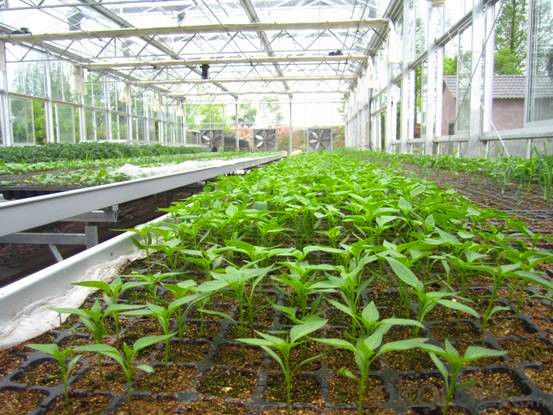
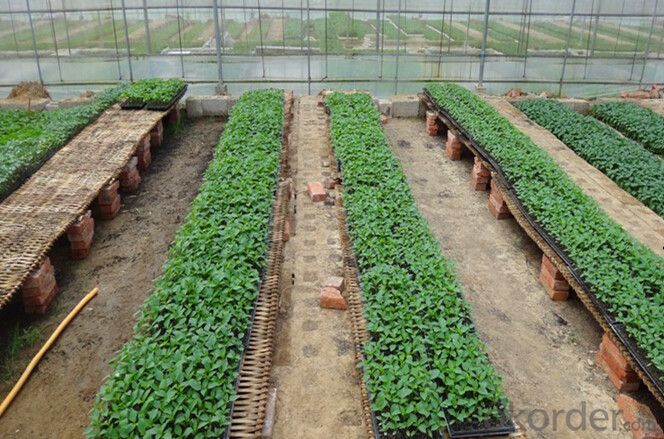
Specification of Plug Trays (Growing and Seedling) HIPS Made Plastic Plug Tray for Greenhouse:
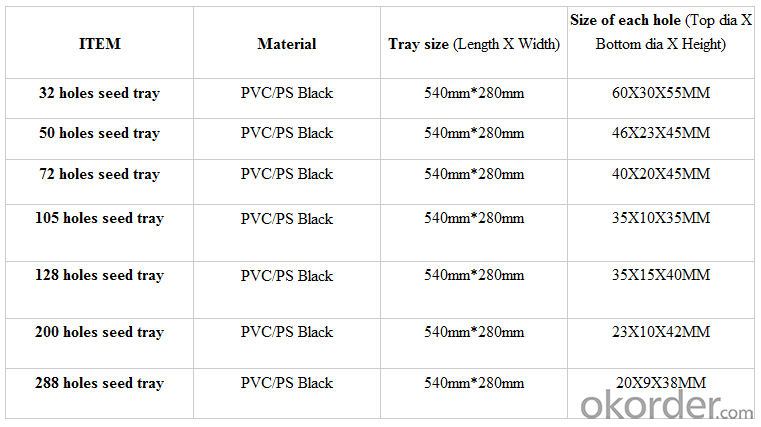
FAQ of Plug Trays (Growing and Seedling) HIPS Made Plastic Plug Tray for Greenhouse:
Q:1.How many times can the seed tray be used?
A: Under the same environment, it is decided by the thickness. Usually 0.6mm thickness can be used for 1 or 2 times.
1.0 thickness can be used for 3-4 times. 1.5 thickness can be used for 8-10 times.
Q: 2.How long is the production time?
A: Usually one to two weeks.
Q: 3.How is the seed tray being packaged?
A: They can be packaged in carton or pallets. Carton size is 1375px*725px*1250px.
- Q: How do I choose ground cover for a steep, rocky slope?
- When choosing ground cover for a steep, rocky slope, it is important to consider a few key factors. First, opt for plants that have strong root systems to help stabilize the slope and prevent erosion. Look for ground covers that are low-maintenance and drought-tolerant, as they will thrive in rocky and challenging conditions. Additionally, select plants that can spread and fill in the area quickly to provide effective coverage. Some suitable options may include creeping juniper, creeping phlox, or ornamental grasses. Ultimately, it is essential to choose plants that are well-suited to the specific conditions of your slope to ensure their successful growth and longevity.
- Q: Are there any health risks associated with agricultural plastic products?
- Yes, there are potential health risks associated with agricultural plastic products. Some of these risks include the release of harmful chemicals from the plastic into the environment, contamination of soil and water sources, and potential ingestion of plastic particles by animals and humans. Additionally, improper disposal of agricultural plastics can contribute to pollution and harm ecosystems. It is important to handle and dispose of these products properly to minimize the health risks.
- Q: How do agricultural plastic products help with crop spacing?
- Agricultural plastic products, such as mulch films and row covers, help with crop spacing by providing a physical barrier between plants. This prevents weed growth between rows, allowing for more efficient use of available space and reducing competition for nutrients and water. Additionally, plastic mulch films can help regulate soil temperature, conserve moisture, and improve overall crop health, leading to increased yields.
- Q: Are agricultural plastic products FDA approved?
- No, agricultural plastic products are not FDA approved. The FDA primarily regulates food, drugs, and medical devices, whereas agricultural plastic products fall under the jurisdiction of other agencies such as the Environmental Protection Agency (EPA) or the United States Department of Agriculture (USDA).
- Q: What are the best ground cover plants for clayey soil?
- Some of the best ground cover plants for clayey soil include creeping thyme, creeping phlox, sweet woodruff, and ajuga. These plants are known for their ability to tolerate heavy clay soil and their ability to provide good ground coverage.
- Q: Can agricultural plastic products be used in organic waste management?
- Yes, agricultural plastic products can be used in organic waste management. Agricultural plastics such as mulch films, compostable bags, or biodegradable containers can help in the containment, transportation, and storage of organic waste. However, it is important to ensure that these plastics are certified as biodegradable or compostable to meet the sustainability goals of organic waste management.
- Q: Are nursery trays suitable for outdoor gardening?
- Yes, nursery trays are suitable for outdoor gardening. They provide a convenient way to start seeds or propagate plants before transplanting them into the ground. Nursery trays help in controlling the growth and development of seedlings, protecting them from pests, and providing optimal growing conditions.
- Q: How do ground cover plants help prevent erosion?
- Ground cover plants help prevent erosion by forming a protective layer over the soil surface, which reduces the impact of raindrops and slows down the flow of water. Their extensive root systems also bind the soil together, improving its stability and preventing it from being washed away.
- Q: How do you prevent ground cover from becoming invasive?
- One way to prevent ground cover from becoming invasive is by regularly monitoring and maintaining it. This includes keeping a close eye on its growth and spread, and promptly removing any plants that show signs of overgrowth or invasive behavior. It is also important to choose non-invasive ground cover species that are well-suited to the local climate and soil conditions. Additionally, creating physical barriers like edging or installing root barriers can help contain the spread of ground cover.
- Q: How does empty plastic water bottles that are littered, affect our oceans?
- With a simple plastic water bottle in our oceans can case a problem in our food chain. You might wonder why if a fish eats the plastic bottle it can choke and die. If there is a fish there is a bigger fish that eats the tiny fish, but since the ting fish the dead the large fish has no food now and it will die of starvation . Now since the large fish died a larger fish now has no food then that fish dies... etc . That just for 1 bottle imagine for a 1000 or even more.
Send your message to us
Plug Trays (Growing and Seedling) HIPS Made Plastic Greenhouse Usage Seed Tray
- Loading Port:
- China main port
- Payment Terms:
- TT OR LC
- Min Order Qty:
- 3000 pc
- Supply Capability:
- 50000 pc/month
OKorder Service Pledge
OKorder Financial Service
Similar products
Hot products
Hot Searches
Related keywords
